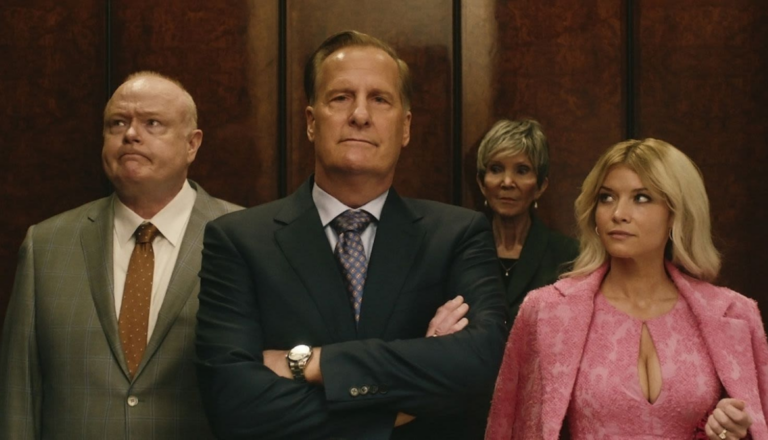
A Man in Full
Talent and intrigue ultimately can’t cloak the truth about this vulgar, crass and graphic drama on Netflix.
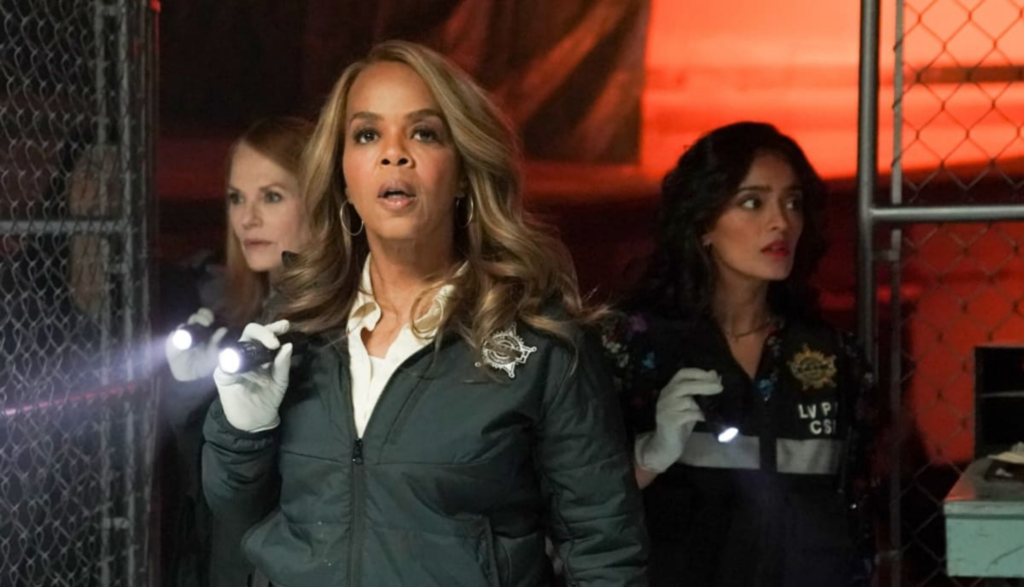
Whooooo are you? Who? Who?
That’s what the members of Las Vegas’ Crime Scene Investigation unit want to know.
Seems every day a dead body is turning up in Sin City. And it’s up to Maxine Roby’s team of forensic scientists, medical examiners, homicide detectives and crime scene investigators to figure out who the victim is, how they perished and who murdered them.
It’s a tough gig. If an investigator misses a clue at the scene of the crime, it could go unsolved. And if a scientist messes up in the lab, the wrong person could get convicted. And even with conclusive evidence, a slip-up in the courtroom by the detectives and attorneys who work alongside the CSIs could result in the guilty party going free.
It doesn’t help that sometimes things get personal. CSIs have been threatened and even murdered. They’ve been accused of committing crimes themselves—because it turns out that investigating crime scenes also teaches you a bit about cleaning them up.
As Season Two closes, Josh Folsom (one of Vegas’ lead investigators) uses his skills to figure out who killed his mother. And as Season Three opens, his crew works overtime trying to get him out of prison after that same killer is found dead in a dumpster.
Is Folsom guilty? Perhaps. After all, in a city so reminiscent of Sodom and Gomorrah, it can be difficult to stay on the straight and narrow.
CSI: Vegas serves as a sequel-turned-spin-off to CBS’ CSI: Crime Scene Investigation. It was supposed to be a miniseries, bringing back many members of that show’s cast, but folks enjoyed it so much that CBS turned it into a regular series.
Those former cast members have since moved on, but the show remains true to its roots, which can be good and bad.
On the positive side, this TV-14 series avoids harsh language and extended sex scenes. On the negative, we see the victims of some rather gruesome murders. Drugs are involved more often than not. And the occasional scantily clad corpse still pops up every now and then. (The original show had a habit of making victims of sex workers and exotic dancers.)
So the mystery of whether not CSI: Vegas is appropriate may not be so much of a mystery to some families after all.
It’s your stereotypical crime procedural. Some elements—such as the commendable search for truth and justice by every member of the CSI unit—are good, even great. And some—such as the grisly murder victims that plague every episode, casual attitudes about sex and marriage and the portrayals of drug use—aren’t so navigable.
Roby’s CSI team works hard to clear fellow investigator, Folsom, of murder charges.
Kahn Schefter (Folsom’s presumed victim) is found in a dumpster before being transported via black bag to the CSI office. There, we see the unclothed corpse (covered from the waist down by a sheet) lying on an autopsy table. It’s covered in slices, the wrists show signs of being bound, and both shoulders have been dislocated (which the CSIs later learn was self-inflicted as the man tried to escape his bonds). But despite these injuries, the cause of death was a stress-induced stroke, likely from being tortured. (We later learn and see a depiction of the method of torture, which is quite diabolical.)
Flashbacks show that Folsom’s mother was a drug dealer and abuser. She was murdered by Schefter (her supplier) because she stole drugs from him for her personal use. Those same flashbacks can detail some very violent, bloody moments in her life. And at least one of those events takes place in a strip club, where we see a woman’s bare legs as she walks past the camera.
A man roughly grabs a woman by her face and threatens her. Two men manhandle a guy. Folsom’s former foster brother, Trey, steals a vehicle from the drug lord who employed Folsom’s mother and crashes it into a building (using a brick to press the accelerator while he stands outside the vehicle) owned by the man before setting the whole thing on fire. A dissected human brain lies on an autopsy table.
Later, CSIs investigate the car crash and discover the building is a front for drug running. (They find heroin and fentanyl.) A woman says that she woke from a drunken stupor to find herself engaged (though she apparently still wants to marry her suitor).
Folsom and Trey are both arrested for the murder of Kahn. And although evidence suggests that the brothers killed him to avenge their mother, the CSIs refuse to believe it. (Both brothers lie to police in the investigation before the truth eventually comes out.)
A man forces his nephew to confess to a crime: The young man did commit the crime, but he neglects to mention that it was under the orders of his uncle. Serena Chavez, a homicide detective, is pulled from Folsom’s case because she’s romantically involved with him. However, she bends the rules to help in the investigation anyway.
People can be snide and petty. There are three uses of “h—.” The Lord’s name is taken in vain once.


Emily studied film and writing when she was in college. And when she isn’t being way too competitive while playing board games, she enjoys food, sleep, and geeking out with her husband indulging in their “nerdoms,” which is the collective fan cultures of everything they love, such as Star Wars, Star Trek, Stargate and Lord of the Rings.

Talent and intrigue ultimately can’t cloak the truth about this vulgar, crass and graphic drama on Netflix.
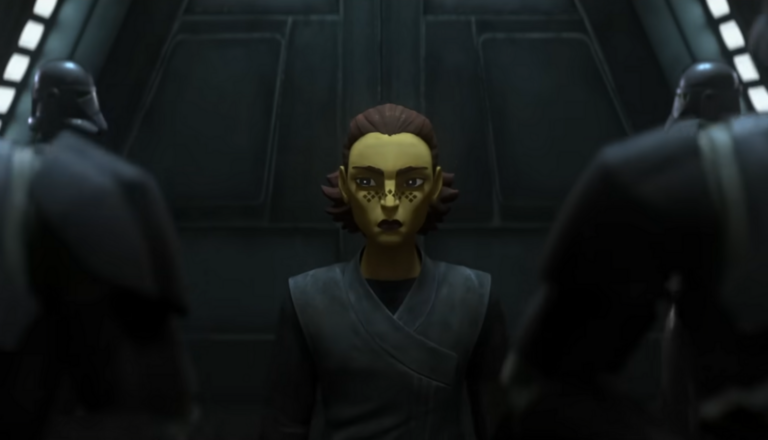
Tales of the Empire is typical Star Wars fare. But in its exploration of what drives folk to the Dark Side, it can get a bit…darker.
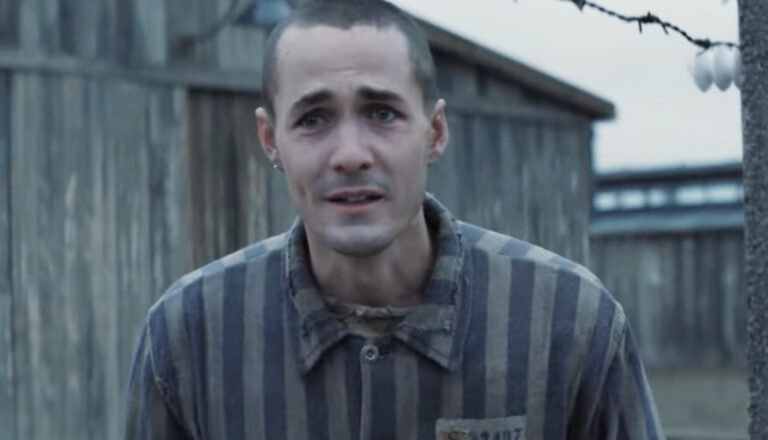
The Tattooist of Auschwitz is a little like its titular character. It’s painful. It gets under your skin. And it just might leave a mark.
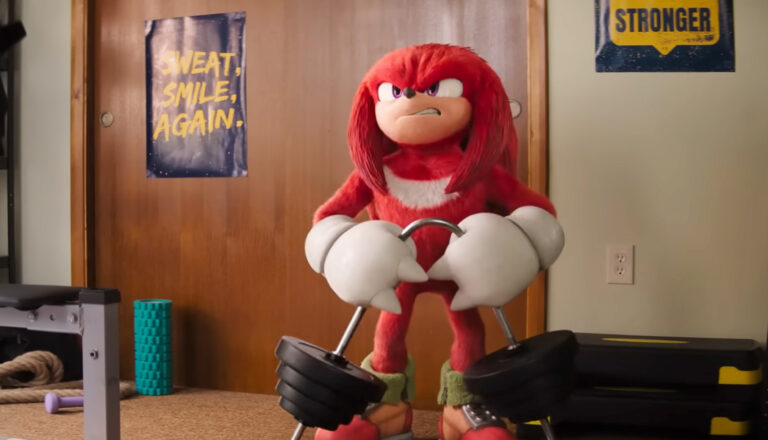
The Sonic spinoff blends explosive adventure and road-trip-buddy-comedy into a fun romp for both kids and diehard fans.